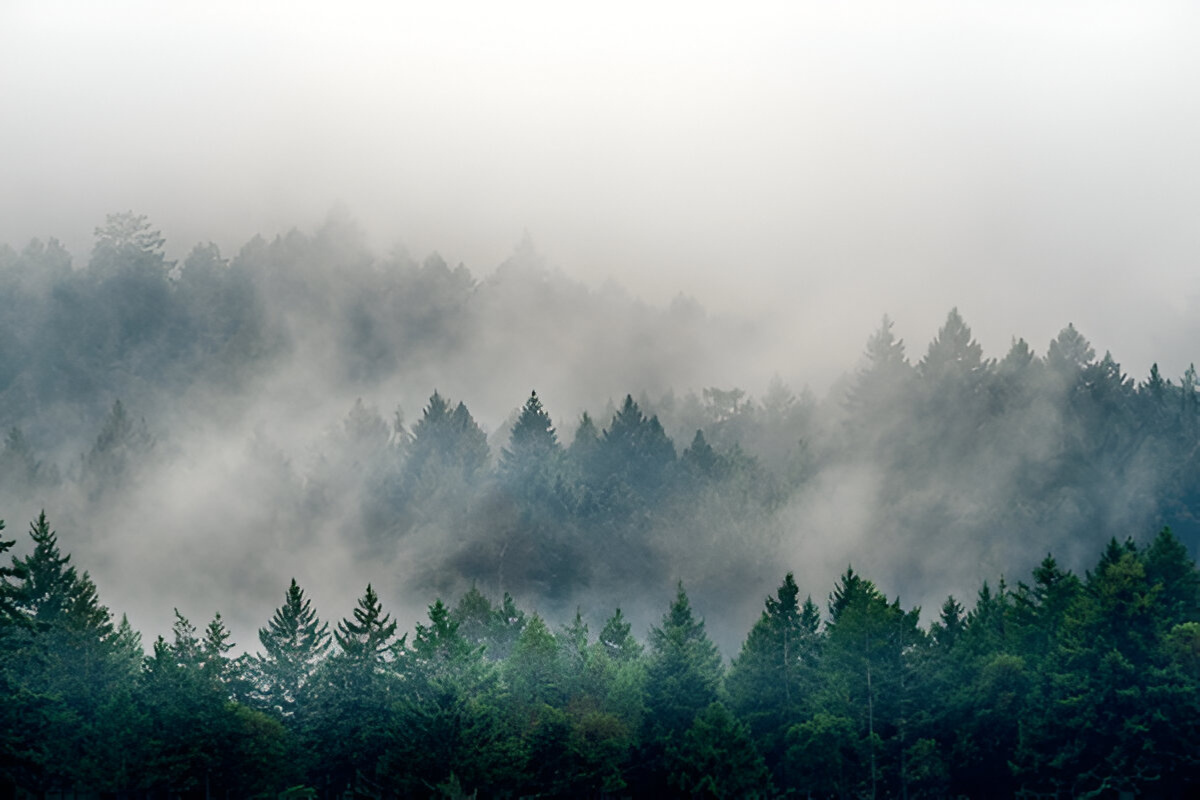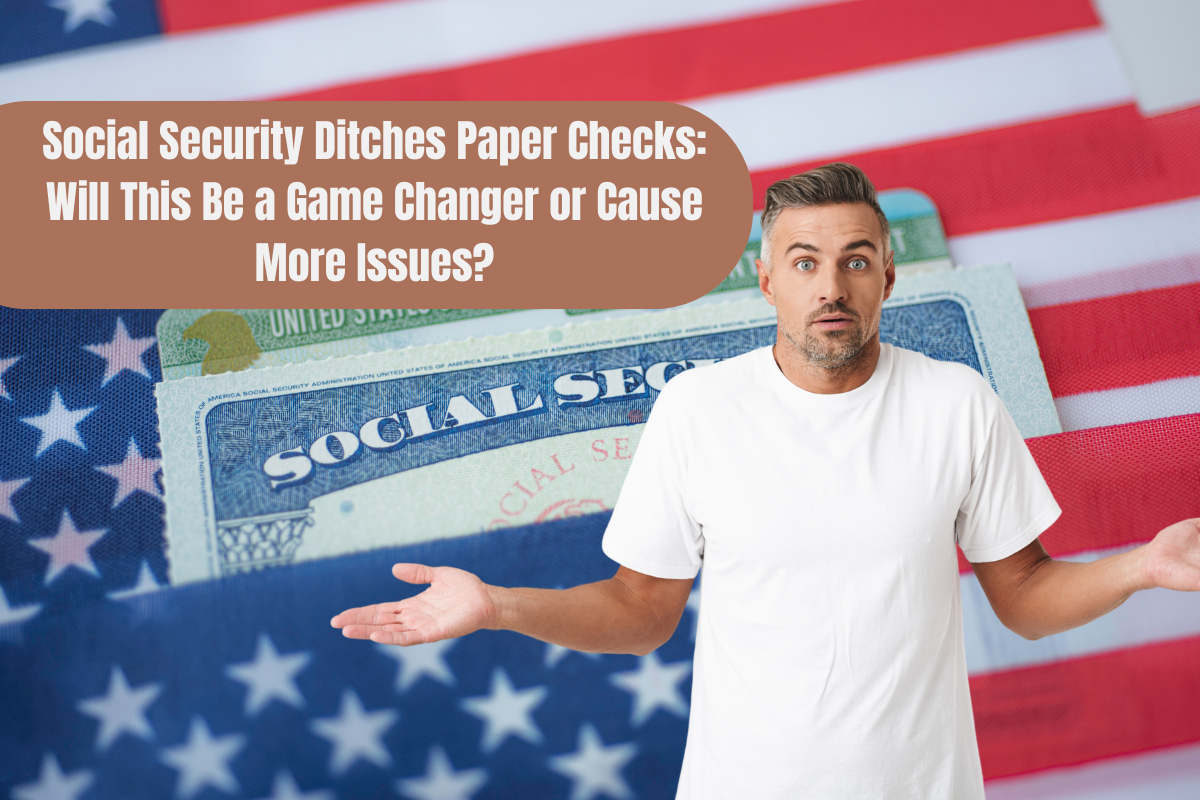The situation in the U.S regarding the Canadian wildfire smoke has yet again led to a revelation that after new regions like Minnesota, Maine, and Ohio, states if the public health experts or environmental strategists are silently expressing their concerns, not only over the murky conditions of the current week but over a possible frequent disruption of American life for the future.
Actually, at the moment, the alerts are only about air quality and health. On the other hand, local professionals respond that the U.S. is only able to be ready for border-crossing smoke to some extent, claiming that the nation does not possess regular emergency policies in schools, airlines, and outdoor industries.
One Formulation is Gradually Unveiling, and the Other is Not Yet Visible at the National Level
It is different in nature than in frequency, and it is the third consecutive time this early smoke has directed from Canada to the U.S, i.e., the months of June and July of recent years. As early as 2023 and 2024, numerous U.S. cities such as New York, Detroit, and Chicago, were exposed to red-to-orange level air quality. However, the public health responses do not exhibit any uniformity even when millions of people experience the respiratory tract’s discomfort.
“There’s no federal blueprint,” the Midwest environmental consultant, who collaborates with local officials, stated. “While certain school districts stop outdoor activities, some do not inform parents. Passengers continue their flight without any notification to land. The situation is broken up.”
The Trend Yet To Become The National Reaction And Leaders Start This Work in Silence
Indicators from health sources in the public in Minnesota, Wisconsin, and Pennsylvania have been soliciting that their local authorities have looked into the possibility of the repetition of smoke events which might serve as a warning to the other states. Some of the tactics agreed upon are as follows:
- Pre-scheduled “smoke days” are akin to the snow days in schools
- Procedures to be utilized by the airline in boarding passengers when visibility is poor are the same as those for schools for snow days
- Specification of the weather criteria for each city that necessitates the cancellation of huge open-air public happenings or festivals
- Pressure over the existing urban infrastructure for long periods to equip community with HEPA air purifiers in schools, libraries, and public transportation stations
Until now, none of these have been made law, but it is evident that this is the direction in which we are heading.
Transportation May Face Long-Term Adjustments
Canadian wildfire smoke has not been an issue publicized by airlines as of now. However, several pilots raised their voices against the air quality of the cabin and the safety of the ground crew. When smaller airports that are located in smoky areas are confronted with recurrent AQI spikes, the question is coming to the fore if the airlines should send alerts to passengers about the unhealthy air days, especially for the elderly or those with weak immune systems.
The Health Toll Could Become a Policy Driver
It is believed that a document to be released by the national respiratory alliance later this month will indicate that healthy workers are exposed to chronic wildfire smoke in the northern states and the cases of asthma that will visit the emergency room will increase to 12% per year by 2027 if the pollutant levels are not reduced. Recommendations are that the public should stay inside, but there are fewer rules in place to protect workers in the legal and non-legal sectors, drivers, and those who do temporary jobs who are outside during AQI spikes.
Not Just Haze—But a Policy Wake-Up Call
Now, the smoke from Canadian wildfires is not just covering the skies but is also triggering the alarms in isolated states, and the more important part of the story may be the future course of events. Should these fire events become seasonal as the earliest readings seem to hint, the U.S. will need to reconsider their approach in cases like these environmental disturbances, which might come from the outside of its borders without any prior notice, without coordination, and without precedent.
It’s not only the matter of visibility for today; it’s also about whether the nation will be prepared for next summer, as well as that after it.











